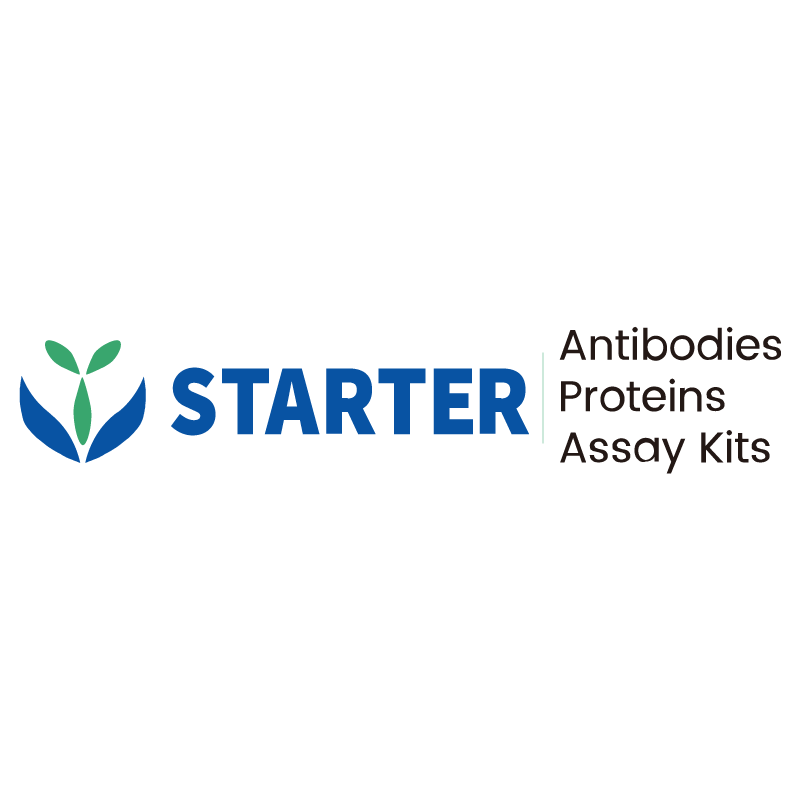2 μg(R: reducing conditions)
Product Details
Product Details
Product Specification
| Species | Human |
| Synonyms | Gastrointestinal secretory protein, REG-like protein, Regenerating islet-derived protein IV (Reg IV), GISP, RELP |
| Accession | Q9BYZ8 |
| Amino Acid Sequence | Protein sequence (Q9BYZ8, Asp23-Pro158, with C-10*His) DIIMRPSCAPGWFYHKSNCYGYFRKLRNWSDAELECQSYGNGAHLASILSLKEASTIAEYISGYQRSQPIWIGLHDPQKRQQWQWIDGAMYLYRSWSGKSMGGNKHCAEMSSNNNFLTWSSNECNKRQHFLCKYRPGGGGSHHHHHHHHHH |
| Expression System | HEK293 |
| Molecular Weight | Predicted MW: 17.6 kDa Observed MW: 56-72 kDa |
| Purity | >95% by SDS-PAGE |
| Endotoxin | <1EU/μg |
| Tag | with C-10*His |
| Physical Appearance | Lyophilized Powder |
| Storage Buffer | Lyophilized from a 0.2 μm filtered solution of 0.2M PBS, pH7.4. |
| Reconstitution | Reconstitute no more than 1 mg/mL according to the size in deionized water after rapid centrifugation. |
| Stability & Storage | 12 months from date of receipt, -20 to -70 °C as supplied. 6 months, -20 to -70 °C under sterile conditions after reconstitution. 1 week, 2 to 8 °C under sterile conditions after reconstitution. Please avoid repeated freeze-thaw cycles. |
Background
Regenerating islet-derived protein 4 (Reg4) also called Reg IV or RELP (Reg-like protein), is a secreted glycoprotein belonging to the regenerating gene (Reg) family within the calcium (C‑type) dependent lectin superfamily. Reg4 expression is induced by growth factors and promotes phosphorylation and activation of the EGF R. Reg4 is preferentially expressed in the gastrointestinal (GI) tract. Reg4 expression is increased within or near inflammation, dysplasia and metaplasia of the GI epithelium, such as inflammatory bowel disease (Crohn’s disease and ulcerative colitis), colon adenocarcinoma, pancreatic cancer, gastric adenocarcinoma, and is often increased in the plasma in these conditions. It is especially associated with neuroendocrine tumors in the GI, as well as some prostate, parathyroid, skin Merkel cell and lung small-cell carcinomas. Tumor cells expressing Reg4 are generally more mitogenic, metastatic and resistant to apoptosis.
Picture
Picture
SDS-PAGE


